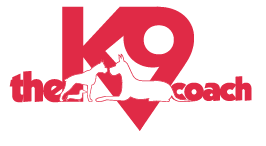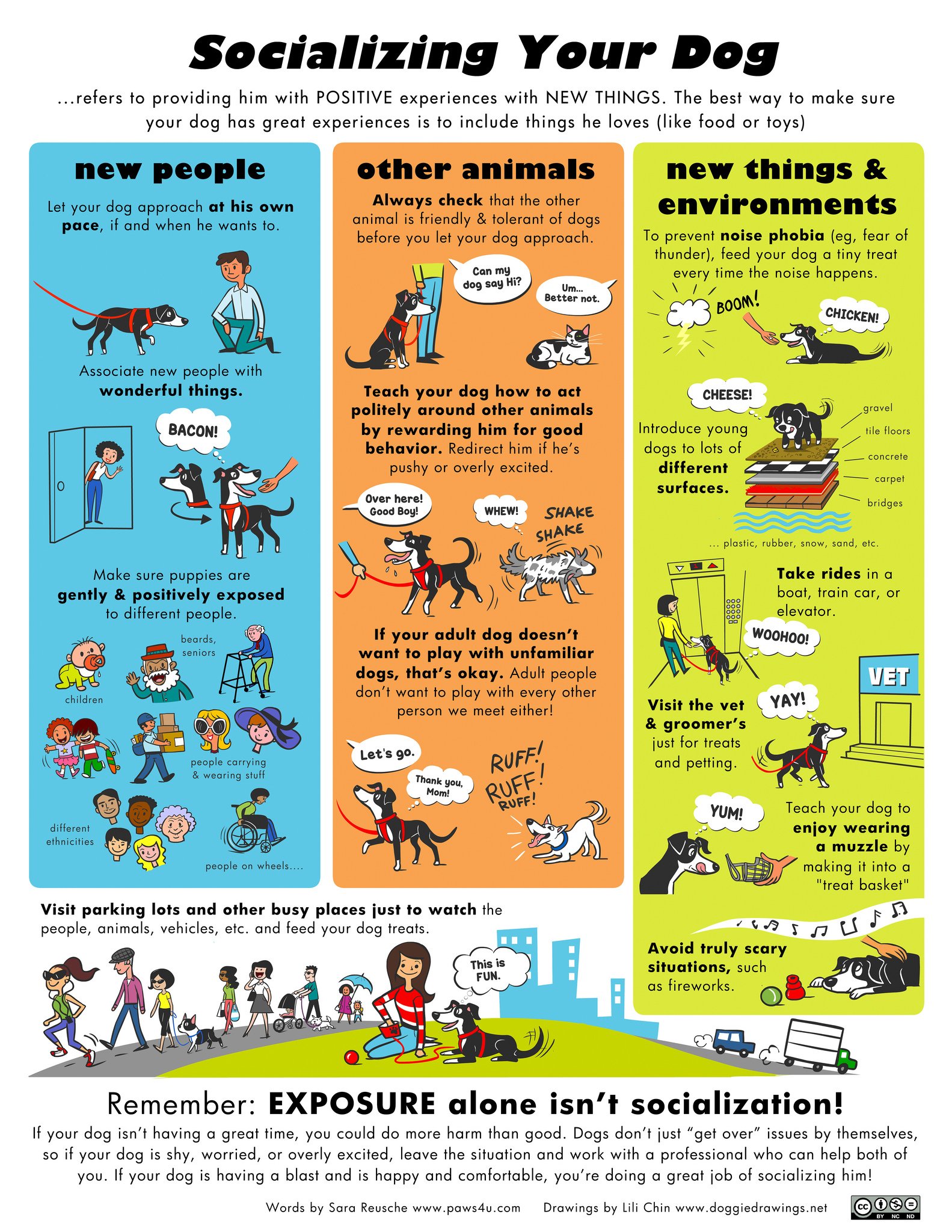How to Socialize Your Puppy
Puppy Socialization
You hear the term Puppy Socialization tossed around all the time. But what does it mean? How do you do it successfully?
Glad you asked.
Puppy Socialization is without question, one of the most important steps you can take to raise a well-adjusted adult dog. It’s the developmental experiences that help them become familiar with people, sounds, environments, objects, sights, and other dogs.
It’s really pretty simple, but it can take some planning and effort.
If all things have gone optimally, your dog spent the first 8 weeks with his litter, and someone who was helping to nurture the first experiences with people, littermates, mama dog, and maybe even a few visitors.
Now, it’s your turn. 8-20 weeks requires lots of socialization support (among many other things you need to do). But let’s focus on socialization.
People:
Get out of the house and invite people over. Start living the lifestyle you want your adult dog to participate in with you. Create greeting experiences where the friendly stranger can pet your dog, offer a treat you provide. Ask your friends, family and people you trust to mock a vet visit: pick the dog up, touch his feet, tug on his tail, look in his mouth/ears, etc.
Meet people of different ethnicities, heights, sizes,and ages. Meet people in the pet store, the hardware store, at the park, on the street, riding bikes, riding motorcycles, runners, wheelchairs, strollers, etc. Meet people with hats, glasses, beards, and hoodies. Ask friend to help you. Go places you may not even normally go, just to give the pup experience.
Objects
The dreaded vacuum or broom. Rakes, mowers and blowers. Many of these will make sounds as well, but begin initially with just the object being present. Then give it some movement with no power. And then a quick burst of power. Do these repetitions at each phase before proceeding to the next — and reward the dog for bravery.
Leave the vacuum in the room a few days. Put treats on it! Feed the dog nearby, etc. Just build his confidence around each of these objects.
Buy a balloon and let it float through the room.
Introduce Nail Clippers. One nail a day!
Take his temperature.
You get the idea.
Sounds
Drop metal pans in the kitchen. Toss your keys behind the dog on your walk. Play doorbell sounds, barking, thunder and babies crying on your mobile phone & in real-life. And you pretend like you don’t hear a thing!
Environments
Environments include the car. Stores. Your friend’s house. The crate. The park — but not the dog park (that’s another topic altogether)
It also includes places that have different floor textures. Carpet, Wood, Tile, Shiny & Slippery when wet. It includes steps, but could be as easy as stepping up on a small platform.
Go to the vets office often, just to get a treat. Take them some coffee and muffins and you’ll be welcome often!
Environmental changes can also include time of day when you go for a walk or car ride.
A fun thing to do with your dog is a kiddie pool filled with empty water bottles or balls.
Ride in the cart at the store. Ride in the crate in your car. Step on the scale at the vets.
Other Dogs
Now, it’s hard enough to control the people who are interacting with your dog. Selecting healthy, well-balanced dogs to greet your puppy might be a bit more tricky.
A group puppy class targeted at socialization can be a great option! Explore them in your area.
But don’t limit it to meeting puppies. Meet adult dogs as well — but only if you know they are healthy and not aggressive, over-aroused, or bullies in the least! You want good experiences.
In all these socialization activities — keep them brief to start. Reward your dog well. Never let a stranger give your dog food.
If he’s showing signs of stress linger a little, offer reward, but don’t force him into things. But also don’t let him get out of the experience by doing the pancake, pulling on his leash or hitting the brakes. Just be present with him until he settles and takes a brave step. Don’t rush it. The more you can build trust and build confidence the better it’s going to be.
The more neutral you can stay when he shows signs of concern the better. But by all means praise, reward, and motivate when you need ot. Just don’t overdo it to the point of creating confusion, over-arousal, or so much excitement that he starts jumping, licking, and other things you want to prevent.
What about vaccine issues? If your dog is from a reputable breeder and/or is current on puppy vaccines, your dog should be well protected and should be safe for others to interact with as well. If you are also following healthy fresh feeding protocols and natural wellness options — you should have some level of confidence that your dog is healthy and protected from these common diseases. Can we protect against everything — no. But there comes a point where waiting too long to socialize your puppy is also a risk to their behavior!
I started taking Poppy out and about to everywhere that she could go at 8 weeks old. We met people, other dogs, we had play dates, and fosters, and training clients. Socialization is important.
Meet with friendly well-behaved, well-cared for friends and family pets. Don’t go to the dog park or some random park where people aren’t cleaning up their poop. (Dog parks aren’t appropriate for your puppy anyway). But get out there! Your dog needs to socialize with other 4-legged furries. There is no better teacher than the pack — and it will help put a stop to much of the puppy nonsense many of you struggle with each day.
Graphic by Lili Chin, doggiedrawings.net

